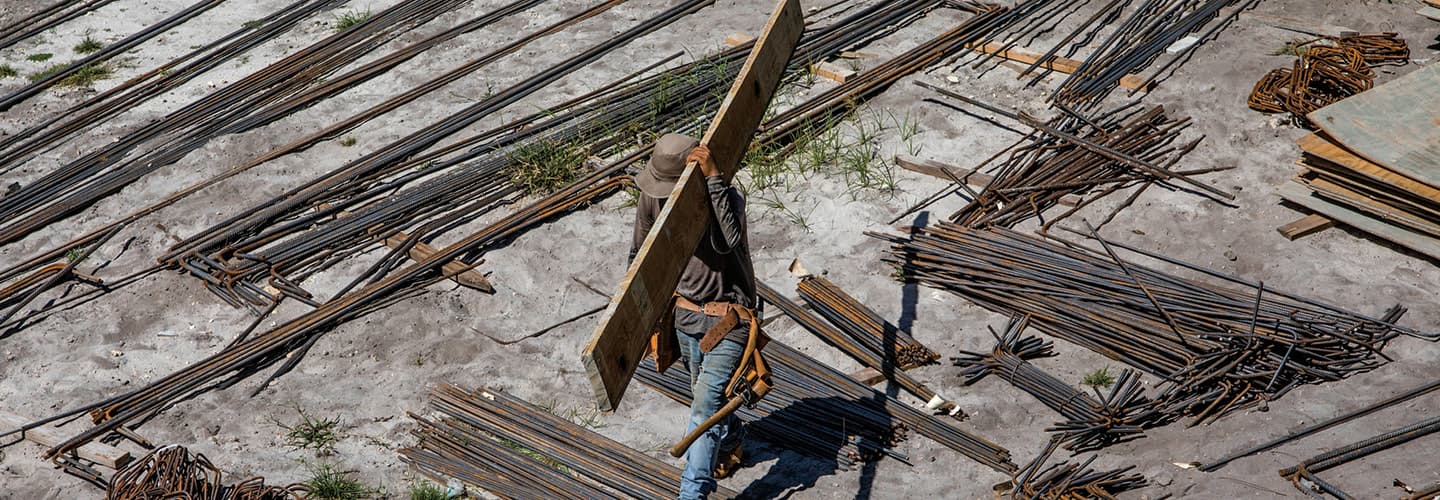Although it was almost midnight in Grand Rapids, Michigan, inside the factory everything was bright. A conveyor belt carried bags of Cheerios past a cluster of young workers. One was Carolina Yoc, 15, who came to the U.S. on her own last year to live with a relative she’d never met.
About every 10 seconds, Carolina stuffed a plastic bag of cereal into a passing yellow carton. It was dangerous labor, with fast-moving pulleys and gears that had torn off workers’ fingers.
“Sometimes I get tired and feel sick,” Carolina said after a shift in November. Her stomach often hurt, and she was unsure if that was because of the lack of sleep, the stress from the incessant roar of the machines, or the worries she had for herself and her family back in Guatemala. “But I’m getting used to it.”
The factory was full of underage workers like Carolina, who crossed the Southern border by themselves and were now spending late hours bent over hazardous machines, in violation of child labor laws.
These workers are part of a new economy of exploitation. Migrant children, who in recent years have been coming into the U.S. without their parents in record numbers, are ending up in some of the most punishing jobs in the country, a New York Times investigation found. The Times report came in late February just weeks after legislators in Iowa and Minnesota introduced bills relaxing child labor protections as some local economies struggle to hire and retain workers.
It was almost midnight in Grand Rapids, Michigan. But inside the factory, everything was bright. A conveyor belt carried bags of Cheerios past a cluster of young workers. One was Carolina Yoc, 15, who came to the U.S. on her own last year to live with a relative she’d never met.
About every 10 seconds, Carolina stuffed a plastic bag of cereal into a passing yellow carton. It was dangerous labor. There were fast-moving pulleys and gears that had torn off workers’ fingers.
“Sometimes I get tired and feel sick,” Carolina said after a shift in November. Her stomach often hurt. She was unsure if that was because of the lack of sleep, the stress from the incessant roar of the machines, or the worries she had for herself and her family back in Guatemala. “But I’m getting used to it.”
The factory was full of underage workers like Carolina, who crossed the Southern border by themselves. Now they were spending late hours bent over hazardous machines, in violation of child labor laws.
These workers are part of a new economy of exploitation. In recent years, migrant children have been coming into the U.S. without their parents in record numbers. They are ending up in some of the most punishing jobs in the country, a New York Times investigation found. The Times report came in late February. This was just weeks after legislators in Iowa and Minnesota introduced bills relaxing child labor protections as some local economies struggle to hire and retain workers.

